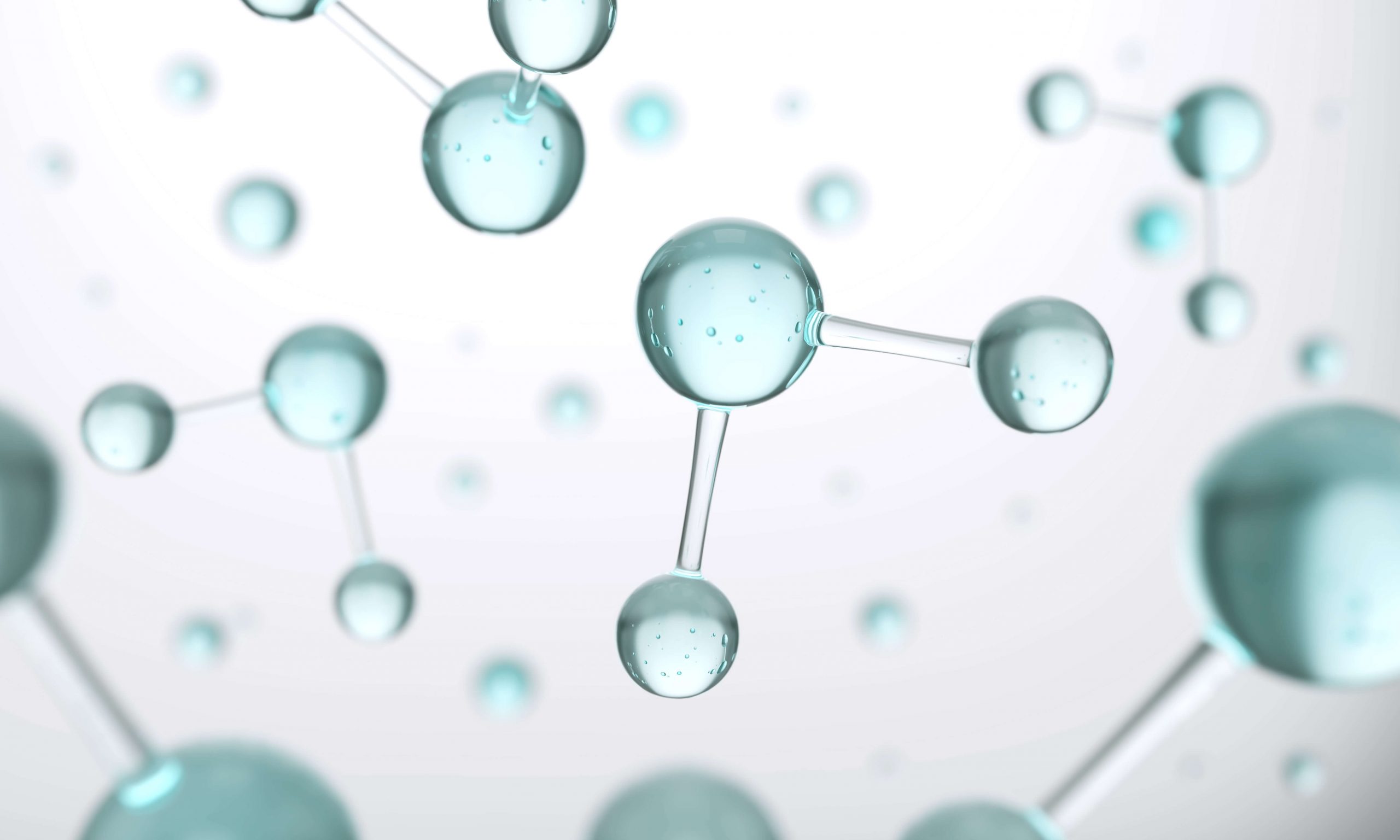

In a clean energy breakthrough, Australian researchers from the University of Wollongong (UOW) and ARC Centre of Excellence for Electromaterials Science (ACES) have developed new electrolyser technology that brings cost-competitive renewable, or green, hydrogen closer to reality.
The research findings are published in Nature Communications and report on the research team’s “capillary-fed electrolysis cell” and its production of green hydrogen from water at 98 per cent cell energy efficiency.
This productivity is superior to other existing electrolyser technologies, and is well above the International Renewable Energy Agency’s (IRENA) 2050 target, enabling an affordable hydrogen production cost that can match the production costs of fossil fuels.
Professor Gerry Swiegers from ACES and UOW’s Intelligent Polymer Research Institute (IPRI) led the research team, with critical input from other UOW researchers including ACES Director Distinguished Professor Gordon Wallace.
A UOW spin-out company, Hysata, was formed last year to commercialise the breakthrough hydrogen electrolyser technology
Hysata is based at UOW’s Australian Institute for Innovative Materials (AIIM) – the headquarters for both IPRI and ACES – and is commercialising the technology with backing from IP Group and the Clean Energy Finance Corporation (CEFC).
“Electrolysers have been around for 200 years, however the large amounts of renewable electricity required to produce green hydrogen and the overall cost of electrolysers today has prevented large-scale uptake of green hydrogen,” said Professor Swiegers, who is the Chief Technology Officer at Hysata.
“Hysata’s overall electrolyser system has been designed for ease of manufacturing, scaling and installation, delivering 95 percent overall system efficiency, equivalent to 41.5 kWh/kg, compared to 75 percent or less for existing electrolyser technologies. For hydrogen producers, this will significantly reduce both the capital and operational costs to produce green hydrogen.
“Hysata is proud to be at the forefront of this technology innovation and introducing an entirely new category of electrolyser that is as monumental as the shift from the internal combustion engine to electric motors.”
Professor Wallace described his excitement on the discoveries and how it is a testament to work built upon over a long time.
“Exciting new technological opportunities are based on many years of thorough fundamental scientific explorations,” Professor Wallace said.
“The Hysata development is no exception and we are proud to be associated with this.”
In a significant move toward advancing green energy and industrial growth in the state, Himachal…
Golabl chemical conglomerate BASF has announced that its now offering the world’s first biomass-balanced polyethersulfone…
In a crucial stint to bolster the biogas sector and sustainable dairying in the country,…
TotalEnergies SE has received approval to proceed with its Middlebrook solar and battery project in…
Andhra Pradesh Chief Minister Chandrababu Naidu has inaugurated the Rs 1,000-crore green hydrogen plant of…
The BITS Pilani has developed an innovative solution for managing landfill leachate, domestic septage, and…